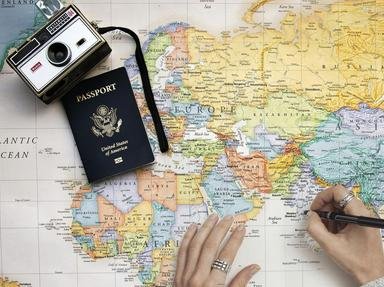Quiz Answer Key and Fun Facts
1. What is the "snow" on Mt. Kilimanjaro really?
2. What "birthplace of golf" is threatened by eroding soil causing flooding in Scotland?
3. What beautiful Italian city is sinking into the Adriatic Sea?
4. What Queensland, Australia tourist attraction that can be seen from space is threatened by over-fishing, oil and industrial waste and tourist activities?
5. What salty sea bordering Jordan and Israel is disappearing due to potash mining and increased water usage of the Jordan River?
6. What is the world's fourth largest island, whose unique habitat and environment is being destroyed by aggressive deforestation?
7. According to its president in 2008, what island nation, considered the world's lowest country, is contemplating the purchase of land in other countries to prepare for the relocation of its citizens due to rising ocean levels?
8. What UNESCO recognized Florida wetlands area is in danger from pollution, agricultural and water diversion?
9. What multi-country central African rain-forest is threatened by war, mining and farming?
10. What man-made barrier, that once stretched 4,500 miles, is crumbling due to wind erosion and human encroachment?
Source: Author
adam36
This quiz was reviewed by FunTrivia editor
Tizzabelle before going online.
Any errors found in FunTrivia content are routinely corrected through our feedback system.

